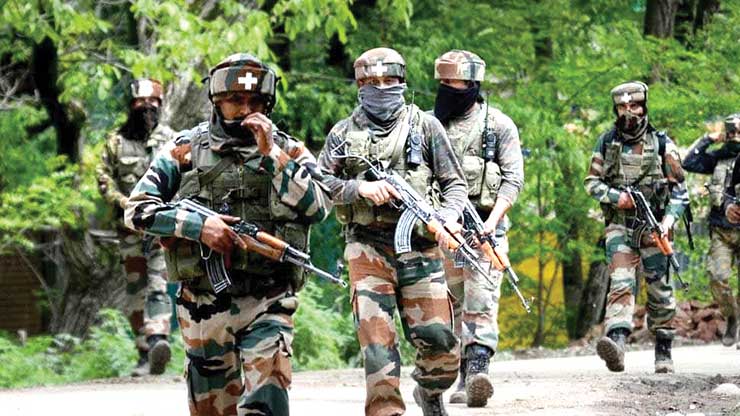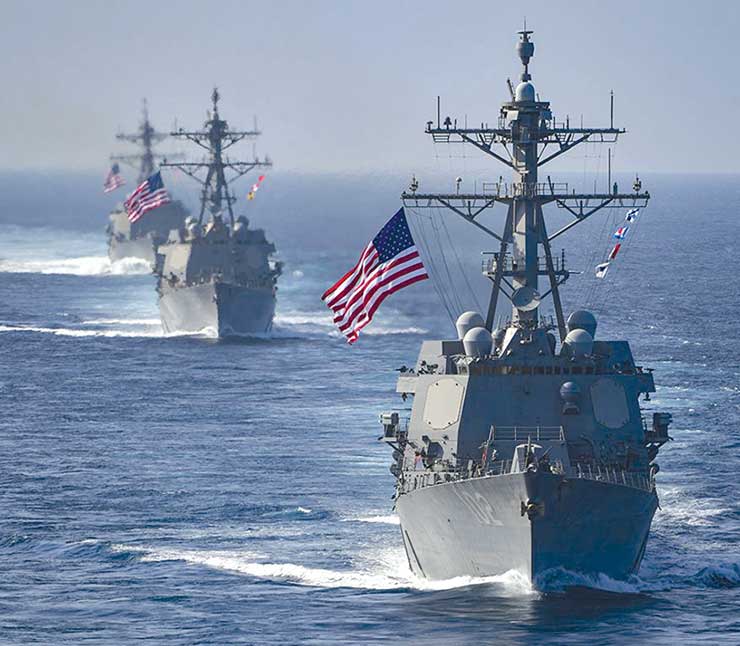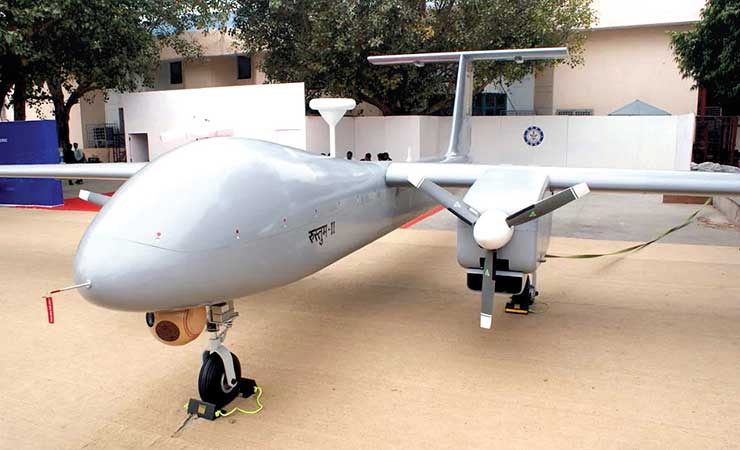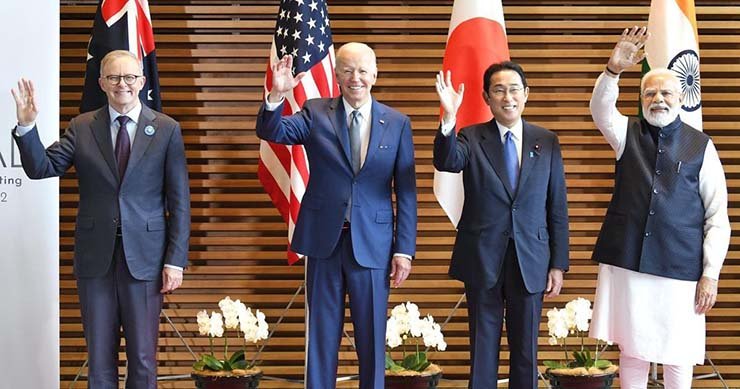
On 22nd August the Defense Acquisition Council, government’s highest decision making body on defense procurements granted emergency powers to armed forces for procurement of essential weapons and equipment. This provision has been in place since the Kargil war and subsequently various governments have resorted to it. Recently, such emergency powers have been granted after the incidents of Uri and Galwan. This is the third such grant given to the Armed Forces after 2020 LAC conflict.
Emergency procurements are not the norm and neither exclusive to India but it remains the quickest route to obviate any critical deficiencies during unforeseen security threats. It is like administering oxygen to a person gasping for breath. While, it just may save the life but is certainly not a solution by itself. This may also lead to questions on appropriate management of war waging capabilities of armed forces, something which is ideally expected to be of highest order at all times. But before simplistic conclusions are drawn, there is need to understand the defense procurement procedure as it exists today. The MoD’s Defense Acquisition Procedure 2020 (DAP 2020) is the mother document which lays down guidelines for various defense procurements by the armed forces. It was first initiated in 2002 and has undergone eight revisions till date. Armed forces procure weapons or equipment under various categories – these can be critical spares, sub systems, high end munitions, upgradations or new weapon platform. The new purchases especially, go through multiple stages from floating request for information (RFIs), carrying out technical vetting to competitive trials. The DAP 2020 stipulates timeframe of up to two years for completing the process, which has to be deliberate and naturally consumes time despite best efforts from all stakeholders.
The Current Scope
Presently, the government has capped capital acquisitions to Rs 300 crore while upgradation of existing systems can be undertaken through revenue budget capped at Rs 500 crore for each such expenditure, preferably from Indian sources, thus complimenting overall intent of ‘Atmanirbharta’ or self-reliance. In past three years, the government has gradually banned imports of 310 defense items; while simultaneously incentivising local manufacturing. These efforts have shown remarkable results, in FY 2021-22 planned local sourcing of 64% was exceeded to 65.5%. The target for FY 2022-23 has been revised to 68% while 25% R&D budget has been set aside for private sector. Such bold measures are expected to further boost the confidence of Indian entrepreneurs.

The data for emergency procurement in last two years shows expenditures of Rs 20,776 crore and Rs 21,000 crore over and above budgetary allocations. Notable items acquired include UAVs, assault rifles and stand-off missiles for the Air Force. However, frequently resorting to emergency provisions is also termed by some as panic buying, reflecting ad-hoc planning on behalf of service headquarters and provisioning from the government. But, as a matter of fact, service headquarters have their criticalities well recorded at any given time. Only explicable justification could be matching of finite resources and desired requirements. The key remains a multifaceted response by means of right sizing, better prioritising and realistic budgetary outlay to ensure emergency procurements are minimised, if not done away with altogether.
Why Now?
Most interesting part remains the timing; normally such exercise is preceded by impending hostilities. However, at present there isn’t any fresh development to suggest the same. But the emerging security dynamics around South China Sea, repeated violations of ‘Median Line’ in Taiwan straits by China and its continued border standoff with India have all aggravated the impulsive security balance in India’s extended neighbourhood. In the given context, this emergency grant appears to be result of holistic security assessment beyond India’s immediate borders. In simple words India is shoring up its defense preparedness for much bigger stakes.

Future Impact
The territorial ambitions of China have pushed it into a two-front conflict. US Chief of Naval Operations Admiral Mike Gilday’s recent statements that –“They now force China to not only look East, toward the South China Sea and the Taiwan Strait, but they now have to be looking over their shoulder at India” has laid bare some geostrategic realities. This is a crucial development; indications suggest that India will not be party to any US-led operation against China, but its strong posture across LAC is expected to tie down at least a Chinese theater level force. It is precisely this challenge that India is looking to quickly address. India strongly perceives this approach as realistic and strategically manageable for three reasons. Firstly, India’s strong military posture across LAC is not sudden; it’s there since Galwan happened. Secondly, it’s a defensive posture after all; it’s not a collusion with the US to mount joint military operations against China, a line more accommodative with India’s second special strategic partner Russia. Thirdly, India will still able to fulfill its contribution of military component within QUAD framework. This coordinated approach has important spinoffs; militarily India gets an equally important diversion of Chinese resources due to the US-led maneuvers in South China Sea.

India would payback China in the same coin what China did to India by activating second front across LAC. Clearly, China too cannot afford a ‘Two Front Conflict’ at the same time. In the current security matrix of Indo Pacific, Indian actions fits perfectly synchronised with anticipated and deliberately ambiguous security role of QUAD. The government’s current decision will further aid in credibly enhancing the response across LAC at the earliest. It is just one action and surely wouldn’t be isolated one. The bigger aspects of jointly coordinating the response with the United States will remain the major challenge along with, continued push for ‘Atmanirbharta’. These developments will surely be an object of interest for both friends and adversaries. For India, the stakes are absolutely enormous and the margin of success razor thin.
–The writer has varied experience in security paradigm and is a keen follower of international geopolitics. He is also the author of popular blog site (geostrat.in) on geo-strategic affairs. The views expressed are of the writer and do not necessarily reflect the views of Raksha Anirveda








